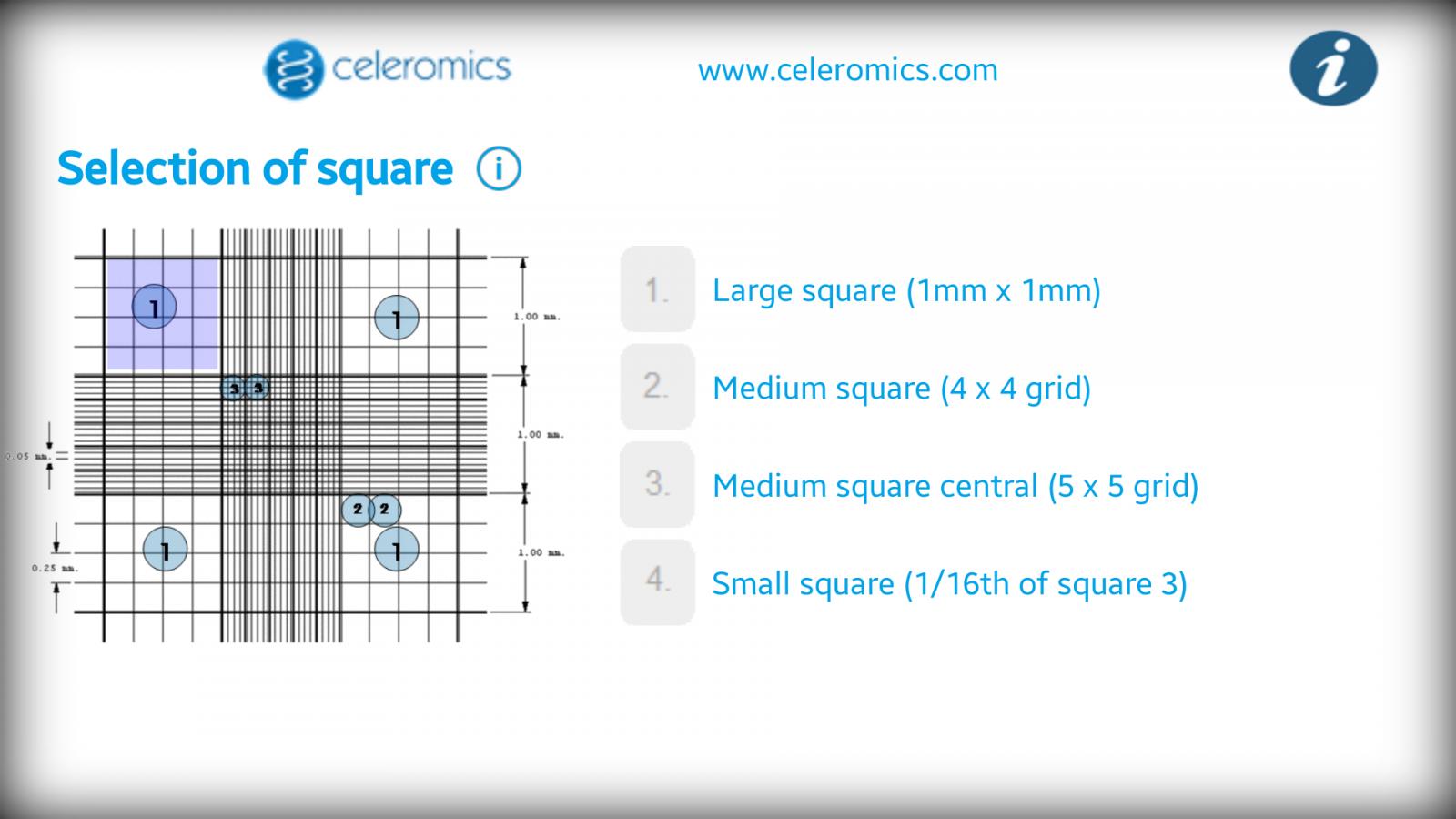I was actually thinking of this one, where he found minimal differences between varying levels of aeration, so long as there was some minimal exchange of air:
http://braukaiser.com/blog/blog/2013/03/19/access-to-air-and-its-effect-on-yeast-growth-in-starters/
Figure 1 of this article shows that stirring has ~8X the effect of aeration, which reflects what I wrote earlier - e.g. expulsion of CO2 being a more important effect of stirring than O2 introduction. Retention of CO2 in solution is a major issue in commercial microbiology, as it is an enzymatic product produced during energy metabolism, and thus its presence inhibits the rate of metabolism through inhibiting reactant flow through the final stages of glycolysis/P5P/TCA/etc pathways (
example).
Please point out where I said that air entry does not occur into stirred cultures. You cannot, as I never once made that claim. My point was the opposite - i.e. that worries about maximizing air entry is unfounded as the primary effect of stirring in a starter is the removal of CO2, not the introduction of O2. Both one of your links and another I provided above highlight the relative impact of oxygenation versus CO2 degassing, and clearly show the later to be more important than the former.
You seem to have gotten your back up about this, so lets lay down the science...at least as it pertains to
saccharomyces.
It has been well established for many decades (specifically, since 1928) that
Saccharomyces makes minimal use of O2 during exponential-phase growth. Due to a phenomena called the crabtree effect,
Saccharomyces does not use oxygen for energy production or growth when sugar sources are plentiful; ergo, the amounts of O2 required for maximal grow are quite minimal. For example, R. H. De Deken (J Gen Micro, 1966) demonstrated that yeast in an oxygenated culture preferentially underwent fermentation over oxidative metabolism - preferring fermentation 50:1 to 250:1 over oxidative metabolism (depending on the strain). Moreover, these
Saccharomyces consumed minimal O2 (later studies showed the portion consumed was almost entierly used for FFA and sterol synthesis). Specifically,
Saccharomyces consumed from 0 ul/10^7 yeast cells (e.g. the amount off O2 dissolved in the media prior to the experiment was sufficient) to a meagre 4.8 ul O2 per 10^7 yeast cells. To put the high end into context, for your average 1L starter (250 billion cells), that's equivalent to the amount of O2 in ~120ml of headspace in your flask, assuming 5ppm dissolved O2 at the start.
Not all yeasts undergo the crabtree effect - brett, for example, does a 50:50 mix of fermentation and acetic acid production (to my knowledge, no one has extensively studied brett production versus O2 availability). Obviously, none of this applies to lacto or pedio who don't give a rats rear-end if O2 is around or not.
B





























![Craft A Brew - Safale S-04 Dry Yeast - Fermentis - English Ale Dry Yeast - For English and American Ales and Hard Apple Ciders - Ingredients for Home Brewing - Beer Making Supplies - [1 Pack]](https://m.media-amazon.com/images/I/41fVGNh6JfL._SL500_.jpg)





























